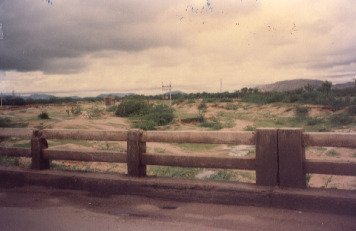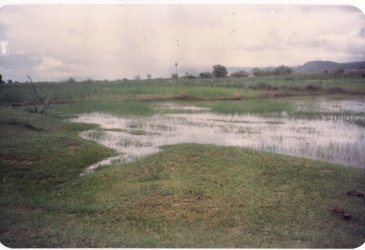Myths often comes in two forms:
- As cultural narratives, like epic poems, or scriptural narratives.
- Or as some sorts of devotional lyrics, like hymns. Devotions to deities or to demigods.
Most people - the experts in mythology, folklore and legends - have the tendencies to focused on the former (narratives) than the later (devotional texts).
The thing with mythological narratives, they are often written with appearances or resemblance of being “history-like”, sometimes including names of places that are geographically real, hence the kernel of truth, but a large parts of the narrative is more myths than history.
Like in the creation of the Garden of Eden, it mentioned Euphrates & Tigris, are 2 geographical rivers located in most Iraq, but also in the Armenian Highlands that are part of modern Turkey. Just because Genesis 2 can named 2 actual rivers (2 kernels of truth), don’t make the rest of story - creations of Adam & of Eve, the creation of man before creation of plants before the creation of animals (which contradicted the order of timeline of creation in Genesis 1), the fruits from trees that can give knowledge or give eternal life, the talking serpent, and the angel with sword of fire, etc, don’t make this myth as history or fact.
Homer could name many of the cities that existed in his time, in the Iliad and Odyssey, but it doesn’t make the Trojan War any more historical than the myth of Adam and Eve or the Garden of Eden.
Many authors writing modern fictions often set the scenes of their narratives in real places, but these don’t make these novels as nonfiction and historic.
Having kernel or some kernels of truth, don’t turn myth into history.
And there lies the heart of the problem. Some believers of religious texts often fall for these traps, confusing myths with history, because of there have been some sorts of kernels behind the narratives, justifying their beliefs.




